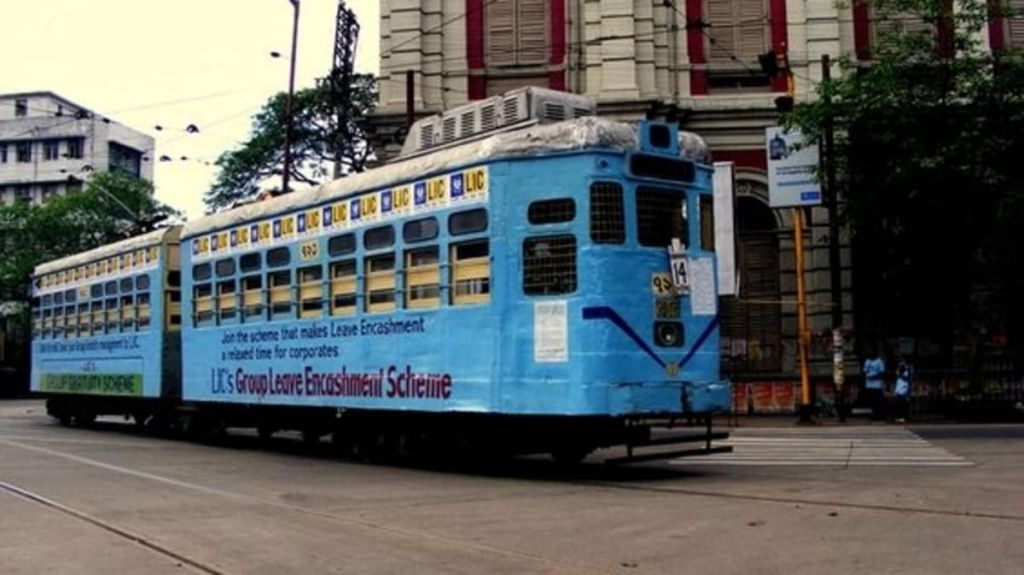
The West Bengal government’s decision to discontinue the iconic 150-year-old tram service in Kolkata has dismayed the city’s citizens and environmentalists alike. It is the only city in India to still boast of trams but citing increasing traffic congestion as the reason for withdrawing the service, barring one heritage route for tourists, the state government claimed that alternate forms of transport are more efficient and in keeping with the times. Trams have also become economically unviable with curtailed routes owing to the expansion of the underground Metro network in Kolkata. No doubt trams belonged to a more leisurely era as they trundled slowly along several routes in Kolkata, but they were an integral part of the culture and ambience of the City of Love. One could read a book or daydream as the vehicle wended its way to one’s destination. At a time when more environmentally friendly means of transport are being sought, it is a pity that Kolkata’s trams could not continue their journey. Over 450 cities abroad still operate trams and some have reintroduced the service after discontinuing it. An infrastructure upgrade and modernisation would have served to keep trams plying and reduced the carbon footprint. Trams were introduced in Kolkata by the British in 1873. Initially, they were horse-drawn carriages and later switched to electric power in 1902. Bengali cinema, art and literature have innumerable references to trams. They represented a way of life that was integral to Kolkata, laidback but caring. When electric vehicles are the flavour of the season, the fact that the oldest such vehicle has been unceremoniously evicted points to the shortsightedness of urban planners in India. An environmentally friendly transport system has been shunned when with a little effort it could have been the pride of India and the envy of countries worldwide as the model of sustainability.